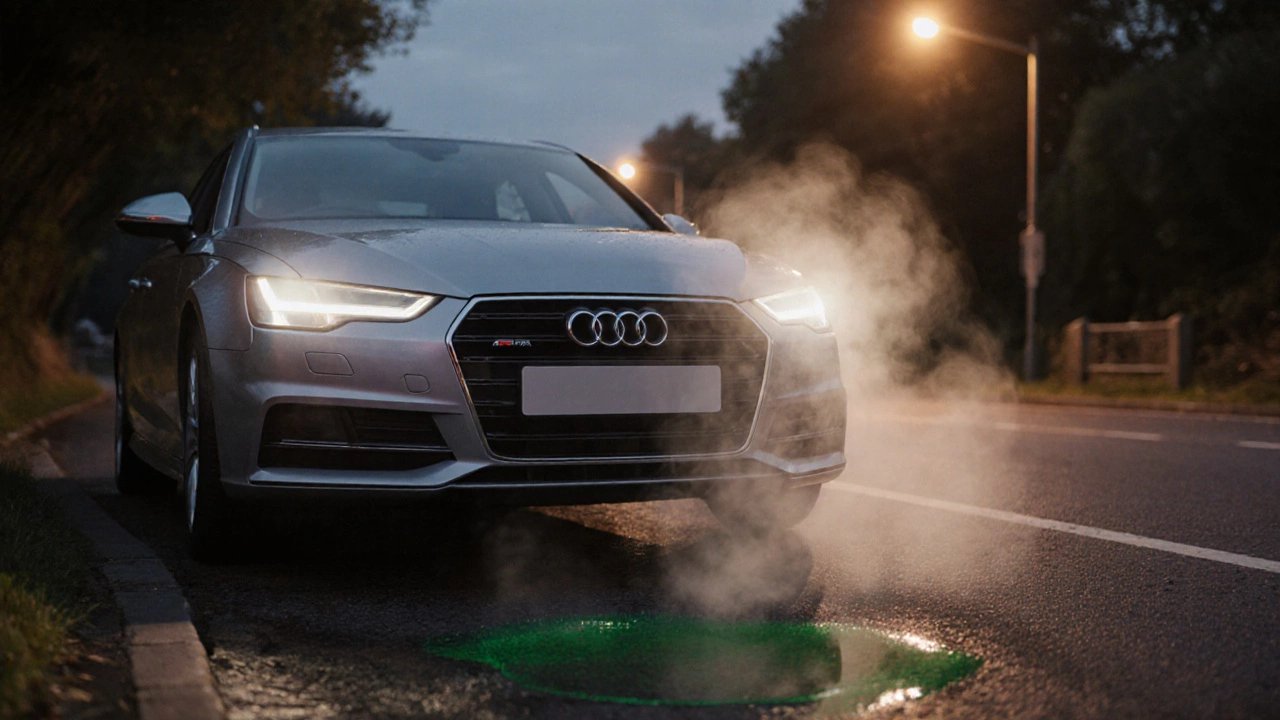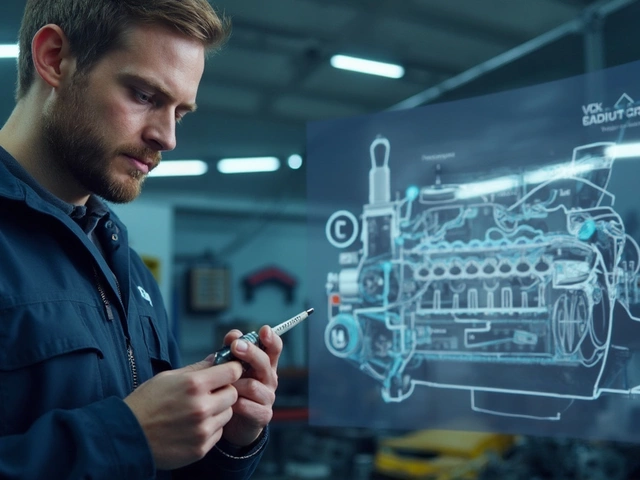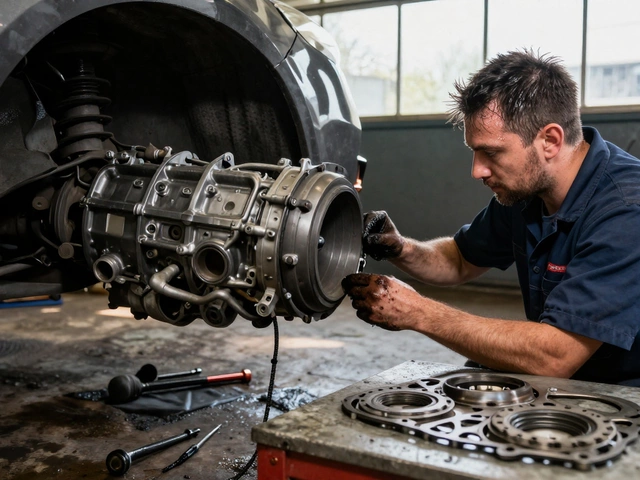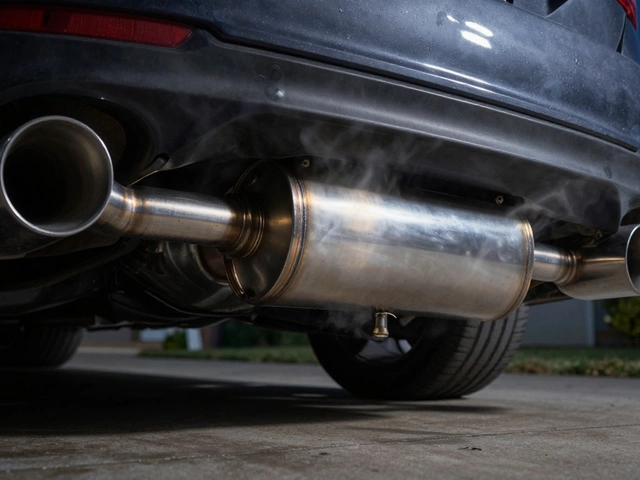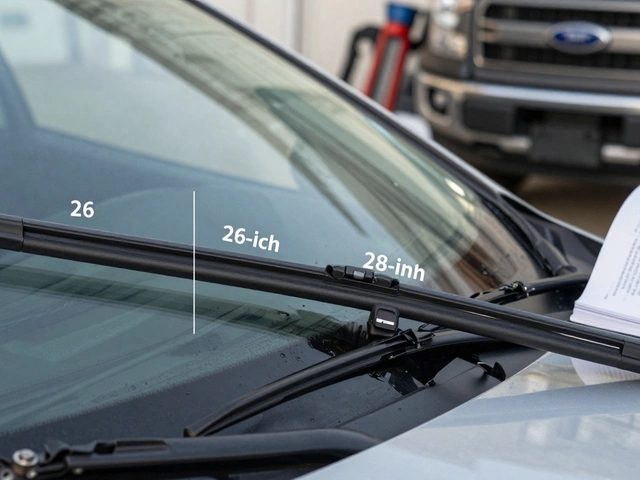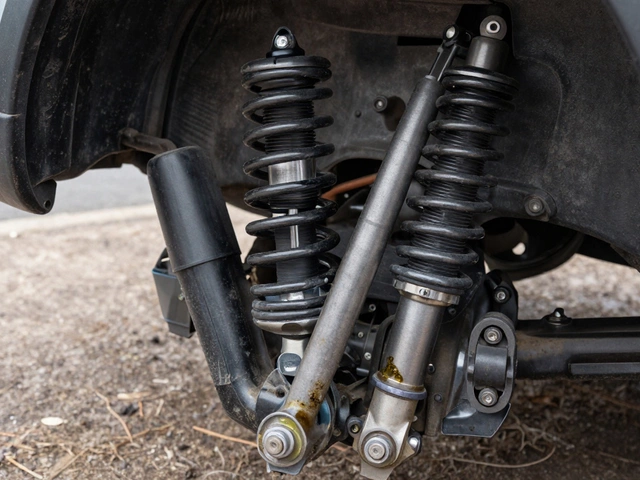Ever wondered why your car radiator problems seem to pop up just when you need to hit the road? A radiator that’s gone bad can turn a routine drive into a panic‑inducing sprint to the nearest mechanic. This guide breaks down the real culprits behind radiator failure, shows you how to catch them early, and gives you a roadmap for quick fixes before the heat really climbs.
Quick Takeaways
- Leaking coolant is the #1 sign of a failing radiator.
- Corrosion, clogged fins, and a stuck thermostat each bring their own set of symptoms.
- Regular visual checks and pressure tests can spot most issues before they cause overheating.
- Simple DIY steps can repair minor leaks and replace worn hoses.
- When internal damage or persistent overheating appears, professional repair is safest.
What a Car Radiator Does
Car radiator is a heat‑exchange component that transfers excess engine temperature to the surrounding air, keeping the engine within optimal operating limits. It works hand‑in‑hand with the cooling system: coolant circulates through the engine, absorbs heat, then flows into the radiator where air‑moving fins shed that heat. If any link in this chain falters, the engine can overheat, leading to costly damage.
Top Reasons Radiators Go Bad
Most radiator failures boil down to a few predictable causes. Knowing them helps you act fast.
1. Coolant Leaks
Coolant is a liquid mixture of water and antifreeze that absorbs engine heat and prevents freezing. Leaks can start at the radiator core, the seams, or the connections. Small pinhole leaks often show up as a faint sweet smell or a puddle of greenish fluid under the car.
2. Corrosion Inside the Core
Metal corrosion eats away at the thin aluminum or copper tubes that carry coolant. Over time, acidic coolant or impurities accelerate rust, turning the core into a maze of blockages.
3. Clogged Fins and Debris
Dust, bugs, and road grime can coat the radiator fins, reducing airflow. Even a thin layer of dirt can raise engine temperature by a few degrees, especially in hot climates.
4. Faulty Thermostat
Thermostat is a valve that regulates coolant flow based on engine temperature. If it sticks closed, coolant never reaches the radiator; if it sticks open, the engine never reaches optimal heat, hurting efficiency.
5. Water Pump Problems
Water pump is the mechanical pump that forces coolant through the engine and radiator. A failing pump can cause low pressure, resulting in inadequate heat transfer and eventual overheating.
6. Bad Radiator Fan
Radiator fan is an electric or clutch‑driven fan that pulls air through the radiator when vehicle speed isn’t enough. A fan that doesn’t spin or runs at low speed leaves the radiator starved of airflow.
7. Deteriorated Radiator Hoses
Radiator hose is a reinforced rubber tube that carries coolant between the engine and radiator. Cracks, bulges, or soft spots allow coolant to escape, often before you even notice a puddle.
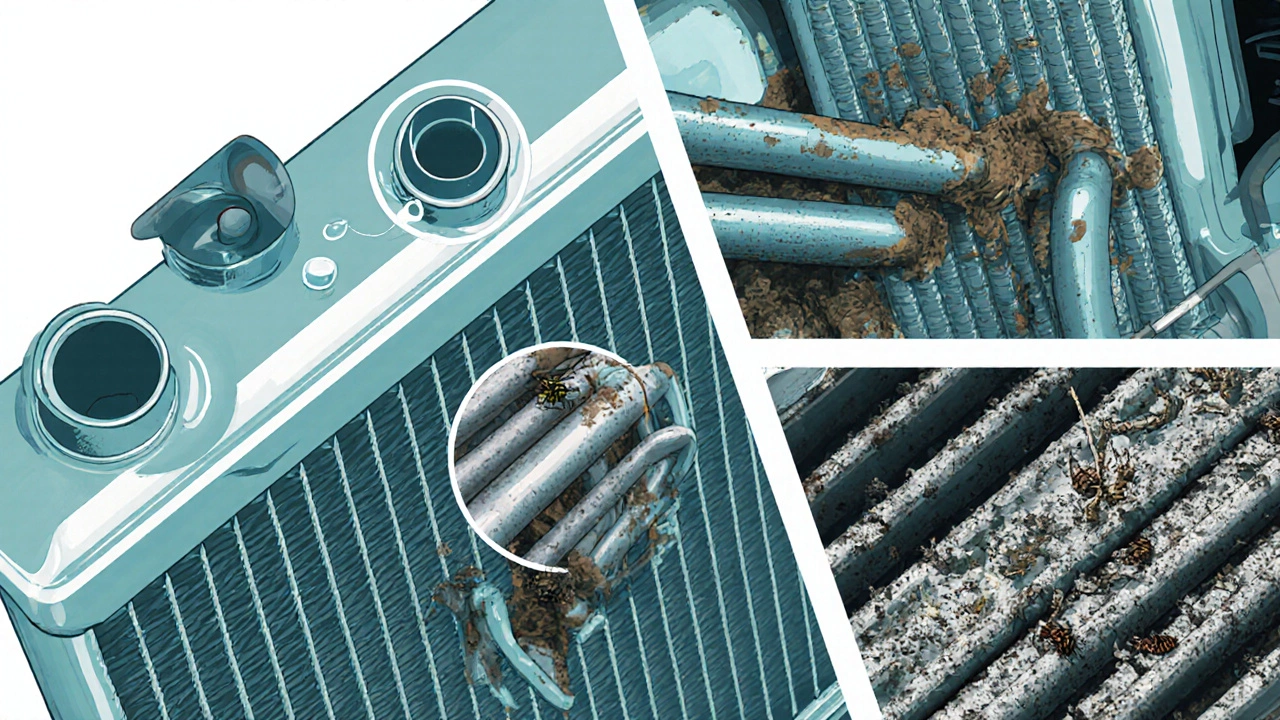
How to Spot a Failing Radiator Early
Before the temperature gauge hits the red zone, keep an eye out for these tell‑tale signs:
- Steam or a sweet smell coming from the front of the car.
- Coolant puddles (bright green, orange, or pink) beneath the vehicle.
- Fluctuating temperature gauge - it spikes, drops, then spikes again.
- Visible rust or green stains on the radiator surface.
- Unusual noises from the water pump or fan.
DIY Checks and Simple Fixes
If you catch the issue early, many fixes are doable with basic tools.
- Inspect the radiator and hoses while the engine is cold. Look for cracks, swollen sections, or wet spots.
- Start the engine, let it reach normal operating temperature, then watch the coolant level in the overflow tank. A steady drop indicates a leak.
- Perform a pressure test using a radiator pressure cap tester. Pressurize the system to the cap’s rating (usually 15‑psi) and watch for pressure loss.
- Clean the fins with a soft brush and a water‑spray or a fin‑restore spray. Avoid bending the thin metal.
- If a hose is cracked, replace it with a matching diameter hose and secure with new clamps.
- Replace a stuck thermostat by draining the coolant, removing the old unit, and installing a new one that matches the engine’s temperature rating.
- Check the fan operation by turning the key to the “on” position; the fan should spin. If not, inspect the fan relay and wiring.
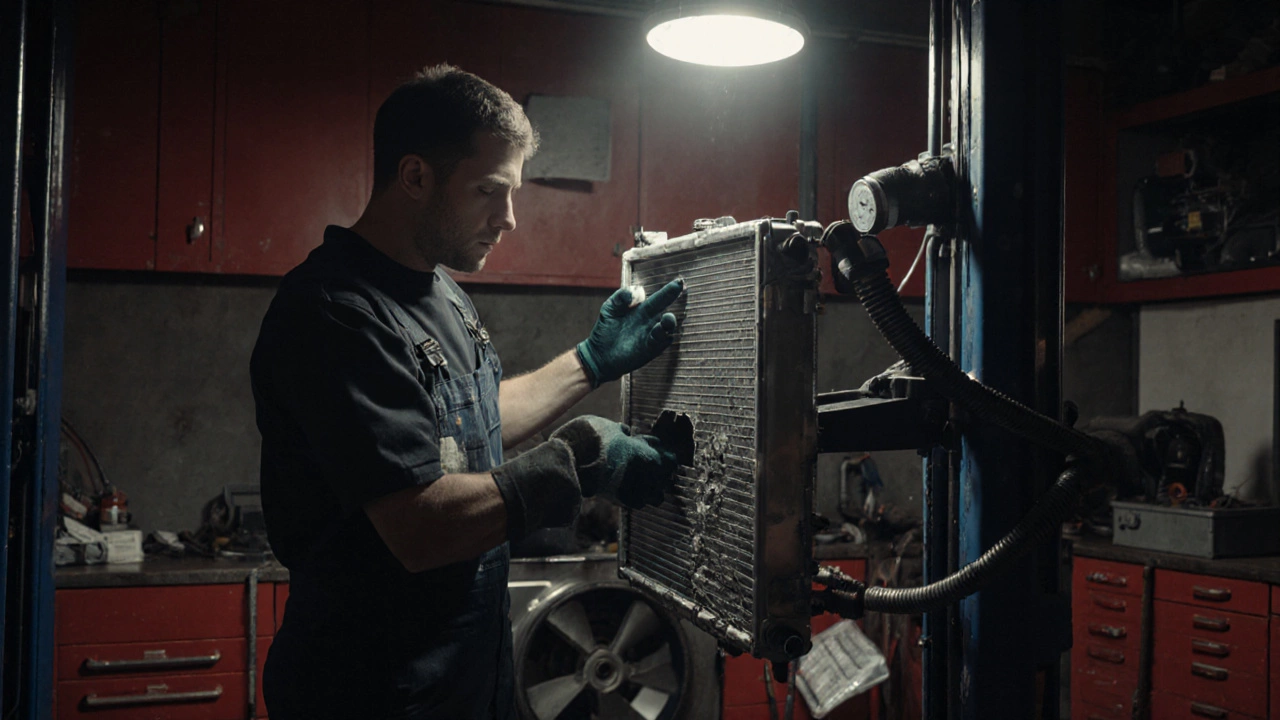
When to Call a Pro
Some radiator woes need equipment you don’t have at home. Call a professional if you notice:
- Persistent overheating despite a clean system.
- Visible corrosion inside the core - only a shop can flush or rebuild.
- Repeated coolant loss after a repair.
- Engine knocking or loss of power that could signal head gasket damage.
A certified technician can pressure‑wash the core, replace the radiator, or perform a coolant flush with the correct antifreeze mix (typically 50/50 water‑to‑antifreeze).
Comparison of Common Failure Causes
| Cause | Typical Symptoms | Quick Fix |
|---|---|---|
| Coolant leak | Puddles, low coolant level, sweet odor | Replace damaged hose or reseal radiator seams |
| Corrosion | Greenish deposits, reduced heating efficiency | Flush system or replace radiator core |
| Clogged fins | Higher idle temperature, noisy fan | Clean fins with brush and fin‑restore spray |
| Stuck thermostat | Engine runs too cold or overheats quickly | Replace thermostat with correct rating |
| Faulty water pump | Low pressure, coolant circulation noise | Replace water pump and reseal bearings |
| Bad fan | Overheating at stop‑lights, fan does not spin | Repair fan motor, check relay, or replace fan |
Frequently Asked Questions
Why does my radiator leak only when the engine is hot?
Heat expands metal and softens rubber. A tiny crack or a worn seal may stay sealed when cold but open up under pressure and temperature, letting coolant escape.
Can I mix different colors of coolant?
Mixing colors can reduce the corrosion‑inhibiting chemicals and create sludge. Stick to the manufacturer‑specified type and color for your vehicle.
How often should I flush the radiator?
Most experts recommend a full coolant flush every 30,000-50,000miles, or every 2‑3years, whichever comes first. Severe driving conditions may require more frequent service.
Is a radiator fan failure more common in electric cars?
Electric vehicles rely heavily on active cooling, so fan issues can surface sooner. However, modern EVs use sophisticated thermal‑management software to detect failures early.
What does a bubbling radiator indicate?
Bubbles often mean a head gasket leak, allowing combustion gases into the cooling system. Persistent bubbling warrants a compression test.
